08 Mar
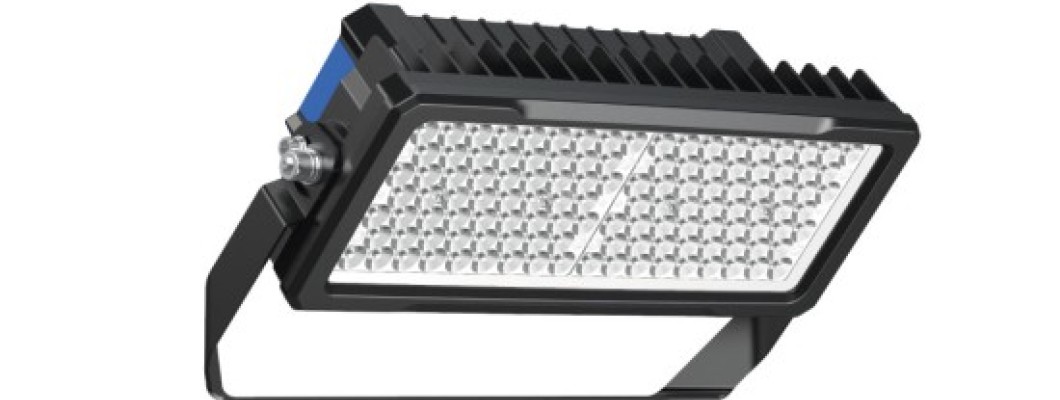

Padel is rapidly growing in popularity across the UK, with new courts appearing nationwide. Whether for recreational use or professional matches, having the right lighting is essential for player experience and safety. Proper illumination ensures clear visibility, reduces glare, and provides a consistent playing environment.
This guide explores the key considerations for optimal padel court lighting, including the best types of lights, installation standards, and costs.
What is Padel Sport?
Padel is a racquet sport that combines elements of tennis and squash, typically played in doubles on an enclosed court about one-third the size of a tennis court. The game is fast-paced and dynamic, incorporating walls into the play, which adds to its excitement. As the sport gains recognition and investment, its popularity is steadily rising in the UK. Several factors contribute to this growth, including the sport’s accessibility, as it is easy for beginners to learn while still offering challenges for experienced players.
The increasing number of padel courts being built across the UK has made it more accessible, and high-profile athletes and celebrities have further boosted its visibility. Additionally, padel provides a great workout, improving agility, reflexes, and overall fitness, making it an appealing option for people looking to stay active.
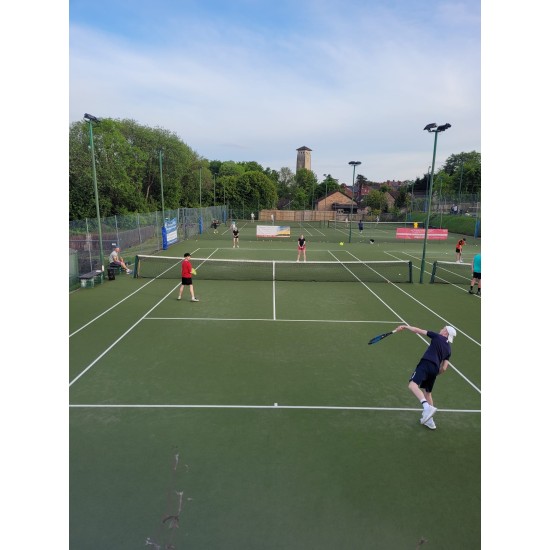
What Makes Padel Sport So Popular Across the UK?
There are several reasons why padel has gained immense popularity across the UK:
Why is Proper Lighting Important for Padel Courts?
Lighting plays a crucial role in ensuring fair and enjoyable gameplay. Without adequate lighting, players struggle to track the ball, leading to a frustrating experience and potential safety risks. Proper lighting enhances visibility, reduces eye strain, and ensures a uniform playing environment, regardless of the time of day or weather conditions.
For clubs and tournament organisers, meeting lighting standards is essential for compliance with governing body regulations. Well-lit courts also improve spectator experience and can increase court usage during evening hours, boosting revenue for clubs.
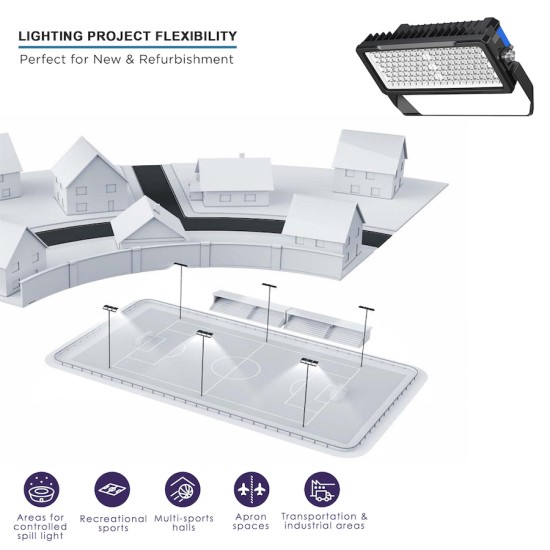
What Are the Ideal Lighting Standards for Padel Courts?
Padel courts in the UK must meet specific sports pitch lighting standards to ensure a high-quality playing experience.
The International Padel Federation recommends a minimum average illumination level of 500 lux for recreational play and 1000 lux for competition level. These levels ensure that players can see clearly and react quickly to the fast-paced action of a padel game.
Even light distribution is crucial to avoid shadows and glare.
The lighting uniformity ratio should be at least 0.6, meaning there are no overly bright or dark areas on the court. High uniformity reduces shadows and bright spots, providing a consistent visual experience for players.
Additionally, lights should have a Colour Rendering Index (CRI) of 70 or higher to ensure natural colour perception. A higher CRI means the lights accurately represent the true colors of objects, which helps players distinguish the ball and other elements of the game.
Adhering to these standards is crucial not only for player safety and comfort but also to ensure fair and enjoyable play. It’s also worth noting that local regulations may have additional requirements, so checking with local authorities when planning a lighting project is essential.
What Types of Lights Are Best for Padel Courts?
Floodlights are the most commonly used lighting solution for padel courts. LED floodlights are preferred over traditional metal halide lamps due to their energy efficiency, longer lifespan, and instant illumination. They also produce less glare and require minimal maintenance, making them a cost-effective option in the long run.
Metal halide lights, while still in use, are becoming less common due to their higher energy consumption and longer warm-up times. LED lighting technology has advanced significantly, making it the best choice for modern padel courts.
How High Should Padel Court Lights Be Installed?
The recommended height for padel court lighting is 6 metres (20 feet), although professional courts may have poles up to 8 metres (26 feet). Lamp posts should be positioned to provide even coverage while minimising direct glare for players.
Proper placement of lighting poles also ensures that shadows do not interfere with gameplay. A standard layout includes four to six floodlights per court, strategically placed to maximise visibility.

How Many Lights Are Needed for a Padel Court?
The number of lights required depends on the court’s intended use. Recreational courts typically require four floodlights, while club and professional courts may use six to eight for improved uniformity and brightness.
To achieve the necessary lux levels, LED floodlights with a power output of at least 150W–200W per fixture are commonly used. The positioning of the lights is as important as the quantity, ensuring that the court is evenly illuminated without harsh shadows.
How Can You Reduce Glare on a Padel Court?
Glare can be a significant issue if lights are poorly positioned. To reduce glare, courts should use anti-glare LED fixtures, adjust the tilt of the lights, and install light shields to direct illumination downward. High CRI lighting also helps players track the ball better without excessive brightness.
A well-designed lighting system prevents distractions and improves overall visibility, making gameplay more comfortable and enjoyable.
Can You Use Solar Lighting for Padel Courts?
Solar-powered lighting is an emerging option for outdoor padel courts, though it is not yet widely used for competitive play. While solar lights reduce electricity costs and are environmentally friendly, they have limitations, such as reduced brightness and battery storage constraints.
For facilities looking for sustainable solutions, hybrid systems that combine solar power with grid electricity can provide a balance between eco-friendliness and performance.
However, for high-intensity lighting needs, traditional LED floodlights remain the most reliable option.
What Are the Costs Involved in Installing Padel Court Lighting?
The cost of installing padel court lighting varies depending on factors like the number of fixtures, type of lights, and installation expenses. On average, a high-quality LED lighting system for a padel court can range from £5,000 to £10,000. However, this investment pays off in the long run due to energy savings and durability.
While the upfront investment in LED lighting may seem high, the long-term savings on energy bills and maintenance make it a cost-effective choice. LED lights also have a lifespan of up to 50,000 hours, reducing the need for frequent replacements.
Conclusion
Proper lighting is essential for ensuring an optimal padel playing experience. From selecting high-quality LED floodlights to positioning them correctly and minimising glare, several factors contribute to effective court illumination.
For club owners and facility managers in the UK, investing in energy-efficient sports pitch lighting solutions not only enhances gameplay but also improves safety and reduces long-term costs.
With the continued growth of padel, well-lit courts will play a crucial role in supporting the sport’s expansion and ensuring that players enjoy the best possible experience.

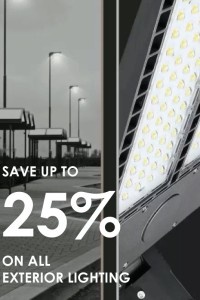
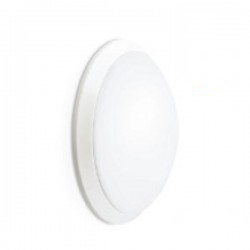
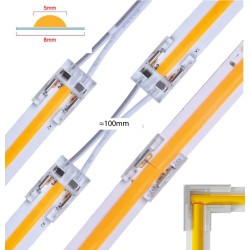
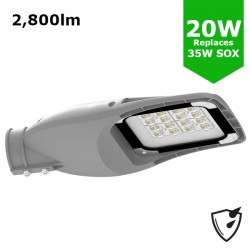
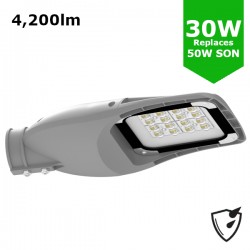
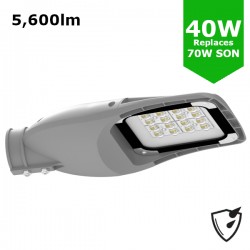
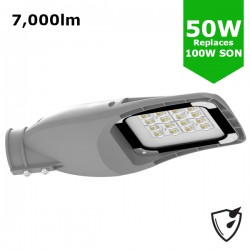
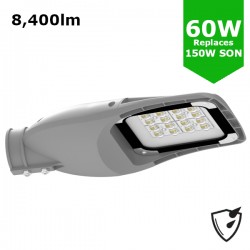
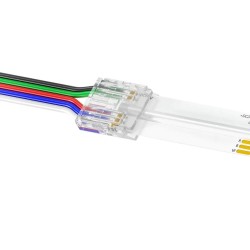

Leave a Comment